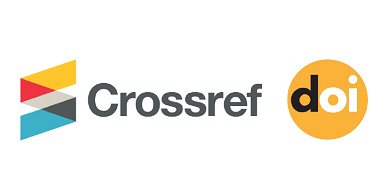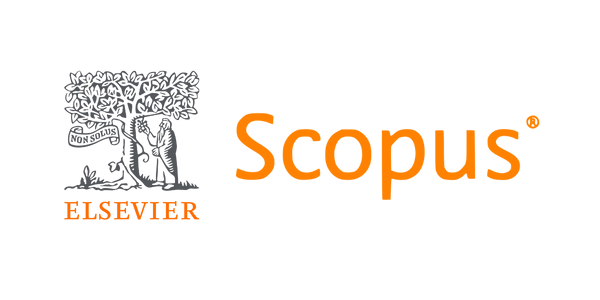Cosmetic outcomes and wound closure time in paediatric transverse laparotomy: A randomised comparison of mass and layered closure techniques
DOI:
https://doi.org/10.61386/imj.v18i3.706Keywords:
Paediatric surgery, Laparotomy, Cosmesis, Mass closure, Layered closure, NigeriaAbstract
Background: Optimal abdominal wall closure in children should ideally balance efficiency with long-term cosmetic outcomes. This study compared wound closure time and scar appearance following mass versus layered closure in paediatric transverse laparotomies.
Methods: This single-centre, randomised clinical trial was conducted at the University of Uyo Teaching Hospital, Nigeria, between December 2021 and December 2023. Children aged ≤5 years undergoing transverse laparotomy were randomly assigned to either mass or layered closure techniques. Closure was performed using Polyglactin 910 sutures by senior surgical trainees following standardised protocols. The primary outcomes were wound closure time and cosmetic appearance, assessed using the Stony Brook Scar Evaluation Scale (SBSES) at 3 and 6 months postoperatively. Data were analysed with SPSS version 23.0, using appropriate statistical tests, with significance set at p < 0.05.
Results: A total of 111 children were enrolled: 56 in the mass closure group and 55 in the layered group. Mean wound closure time was significantly shorter in the mass closure group (18.6 ± 3.4 minutes) than in the layered group (32.8 ± 3.8 minutes; p < 0.001). Cosmetic outcomes were comparable between groups at both 3 and 6 months (mean SBSES score: 4.2 vs. 4.1; p = 0.58). Wound contamination and postoperative complications were significantly associated with poorer scar scores, regardless of closure technique.
Conclusion: Mass closure offers a time-saving advantage without compromising scar appearance, making it a practical and cosmetically acceptable technique for paediatric abdominal wall closure in resource-limited settings.
Downloads
Published
License
Copyright (c) 2025 Ituen MA, Akpanudo EI, Eyo CS, Ekot EA

This work is licensed under a Creative Commons Attribution 4.0 International License.









